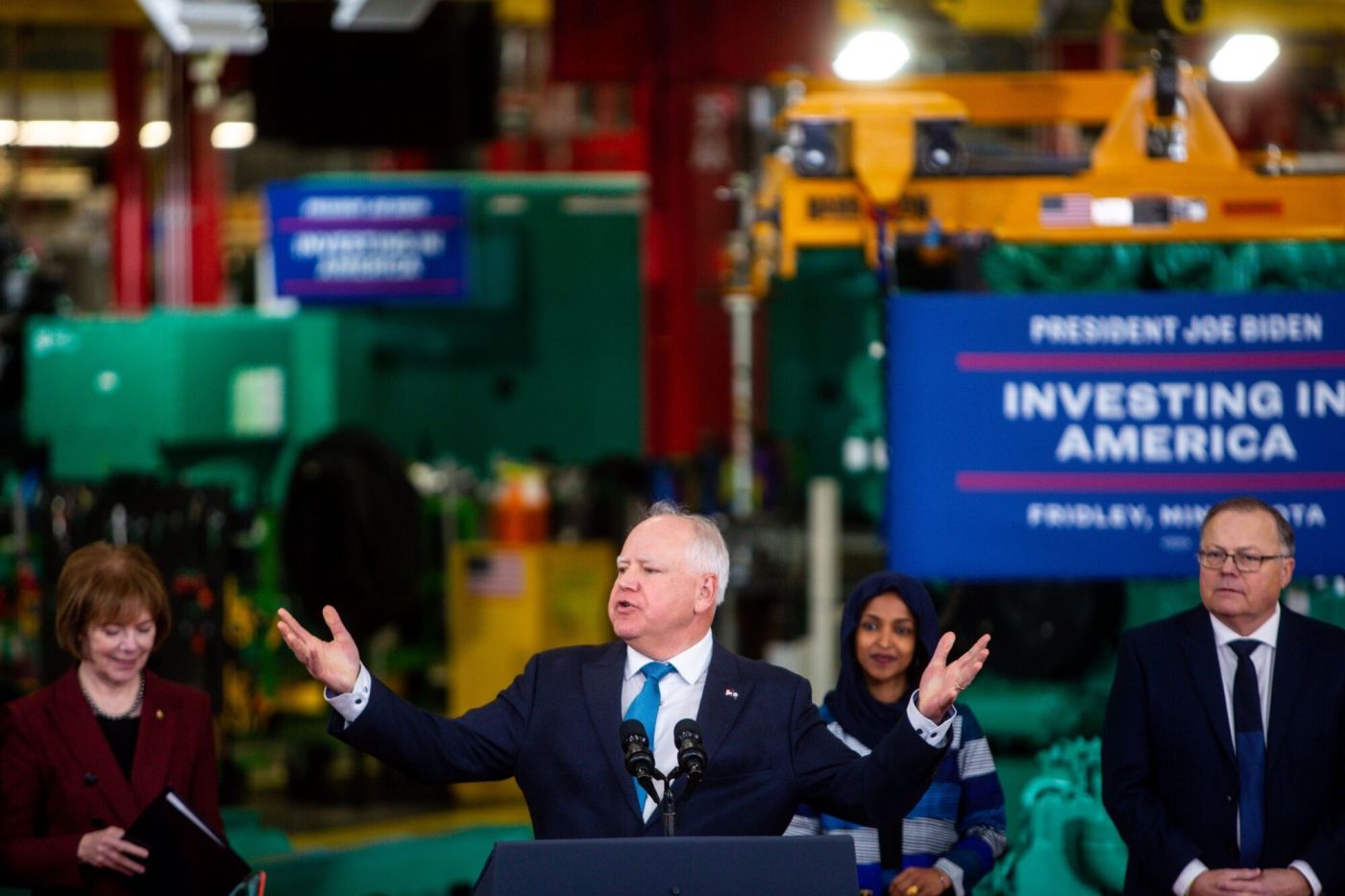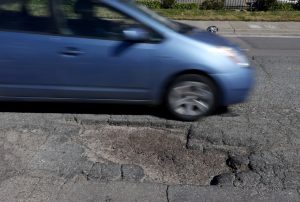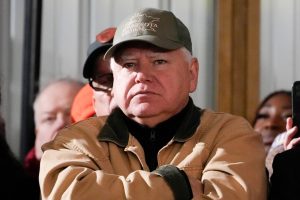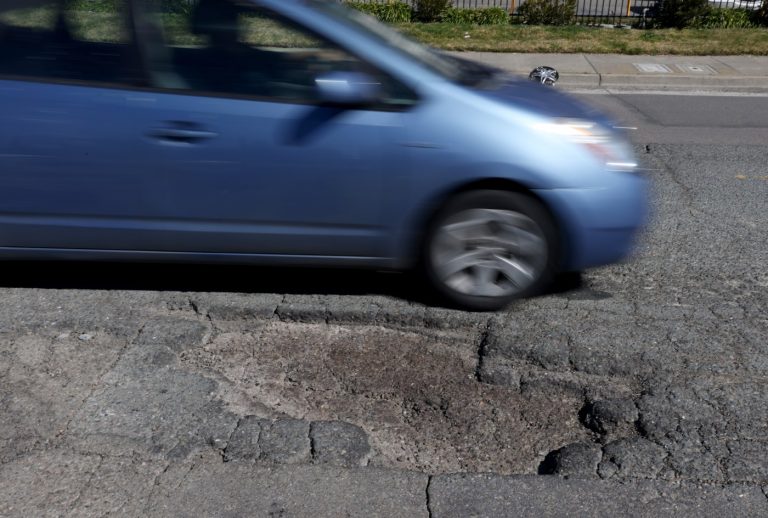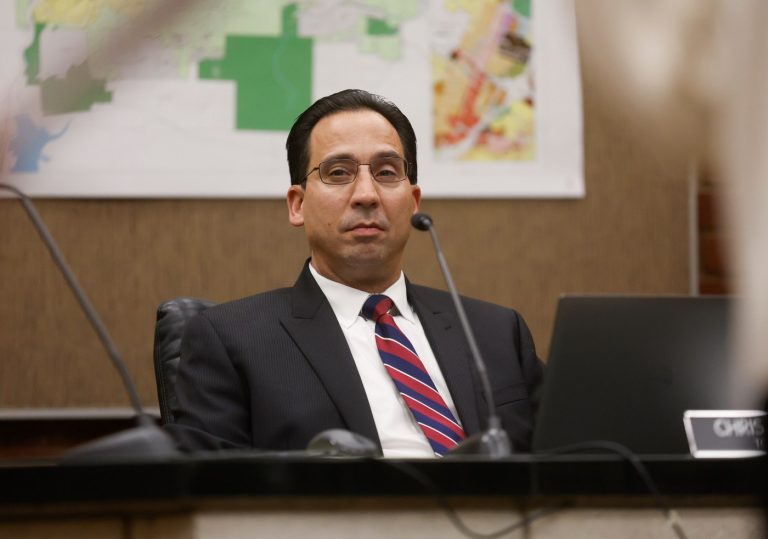By Jennifer A Dlouhy and Ari Natter | Bloomberg
Kamala Harris picked a running mate for her presidential campaign with one of the most aggressive records enacting climate policy at the state level.
Tim Walz, the Minnesota governor tapped on Tuesday to become the Democratic vice presidential nominee, has accelerated his state’s embrace of clean energy and electric vehicles in ways that could become templates for federal action in the next White House. He used a razor-thin majority in the Minnesota legislature to enact a law requiring the state to produce all of its electricity from carbon-free sources by 2040. It was one of dozens of climate initiatives Walz helped steer through the statehouse, including a $2 billion initiative to expand clean energy investment in the state.
“He has done this by pitching climate action as a way to make people’s everyday lives better, create good-paying green jobs and invest in making communities stronger,” said Stevie O’Hanlon with the Sunrise Movement, a climate group run by youth activists.
Walz’s approach — casting the fight against climate change as a potential economic win for residents in his state — is the same model President Joe Biden used to drive enactment of the sweeping Inflation Reduction Act and attract support for other clean energy initiatives. Getting political buy-in to support policy goals will be critical for the next phase of US clean energy development. And that’s where the approach taken by Walz in Minnesota could become an indicator of how he might lead from Washington.
In June, Walz signed legislation meant to streamline permitting reviews for energy projects, reducing scrutiny for smaller wind, solar and transmission projects. At the time he said the initiative was “cutting red tape” to get clean energy projects “in motion.” Those same bottlenecks to the energy transition are holding back deployment of renewable power across the US. Lengthy permitting procedures and slow upgrades to the nation’s electricity-transmission system can mean years-long waits for new projects to get on the grid.
In Congress, meanwhile, Minnesota-style permitting reform efforts have struggled to advance. There’s been pushback from both Republicans on electricity transmission measures and from progressives who predict that reforms would end up benefiting the oil industry. Just last week a new measure to streamline permitting won approval in the Senate energy committee, although it still faces an uphill climb for passage this year.
The contrast to Minnesota could not be more pronounced. The state’s new permitting law is seen “enabling a lot more clean energy deployment,” said John Hensley, vice president of markets and policy analysis with the American Clean Power Association, an industry group. “Hopefully it can provide a template for other states and even the nation as a whole to find a pathway forward on permitting reform.”
If Harris’s choice of running mate came down in the end to two governors, Walz and his Pennsylvania counterpart Josh Shapiro, then her decision ended up elevating the figure with the clearer track record on climate and the energy transition. In part, this reflects Shapiro’s more moderate approach to conventional energy development in his natural gas-rich state.
Walz, on the other hand, has championed a pivot away from fossil fuels and made a promise to prioritize work on climate change after he was sworn in as Minnesota’s governor in January 2019. He created a sub-cabinet role focused on the issue, then doubled-down on climate initiatives at the start of his second term in the statehouse. He has dedicated consistent funding to public transit and incorporated climate into the state’s transportation investment decisions, said Lena Moffitt, executive director of the advocacy group Evergreen Action.
Related Articles
Harris taps Midwestern running mate to foil GOP’s ‘SF liberal’ jabs
Lopez: Tim Walz is a regular guy. That’s exactly what Harris needs
Dog parks, Diet Dew and car sickness: A collection of tidbits about Gov. Tim Walz
Who is Tim Walz? Things to know about Kamala Harris’ choice for vice president
Who is Gwen Walz, the wife of Kamala Harris’ new running mate?
Mike McKenna, a former White House energy adviser and longtime GOP energy strategist, argued that Walz’s track record of favoring renewables would put him out of step with voters who prefer an an all-of-the-above strategy on energy, particularly in swing states. Walz “is selling product that nobody in Pennsylvania is going to want to buy.”
Environmentalists credit Walz with making Minnesota a leader on the climate front in the Midwest, where nearby states such as Wisconsin and Michigan have emerged as crucial battlegrounds in the upcoming contest with former Republican President Donald Trump. It’s a quieter model of climate leadership compared to California, where Democratic politicians have for decades used the state’s outsize power — and special Clean Air Act authority — to shape pollution standards that frequently end up determining the federal approach. But Minnesota under Walz has helped chart a viable political path in the middle of the country.
“We are kind of quiet up here. We don’t get the coverage that California and New York get. But I think Tim Walz is leading on climate for the non-coastal states,” said Michael Noble, an informal adviser to Walz and former executive director of Fresh Energy, a Minnesota-based energy policy nonprofit.
As an indicator of the emphasis Walz puts on climate policy, Noble pointed to the speed with which the governor pushed through his signature legislation, the state’s 100% clean energy requirement, within just a month of the legislative session opening in 2023. To augment the narrow Democratic majority in the legislature, the governor built a base of support from the business community, environmentalists and social justice groups.
“Walz was able to bring them together on a transformative piece of legislation,” Noble said. “I expect that his ability to span diverse constituencies is the reason he is going to be the nominee for vice president.”
More stories like this are available on bloomberg.com
©2024 Bloomberg L.P.
